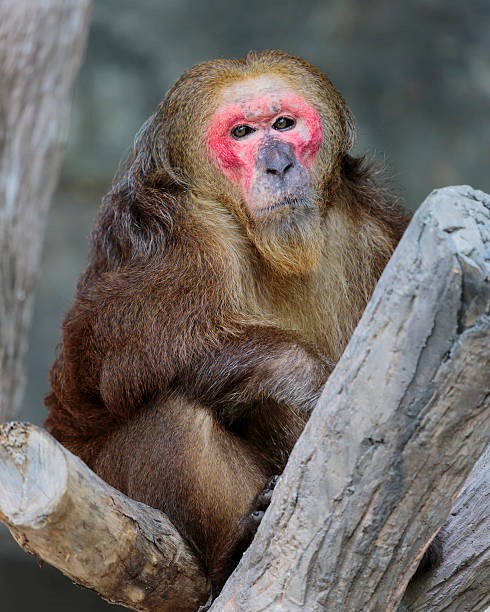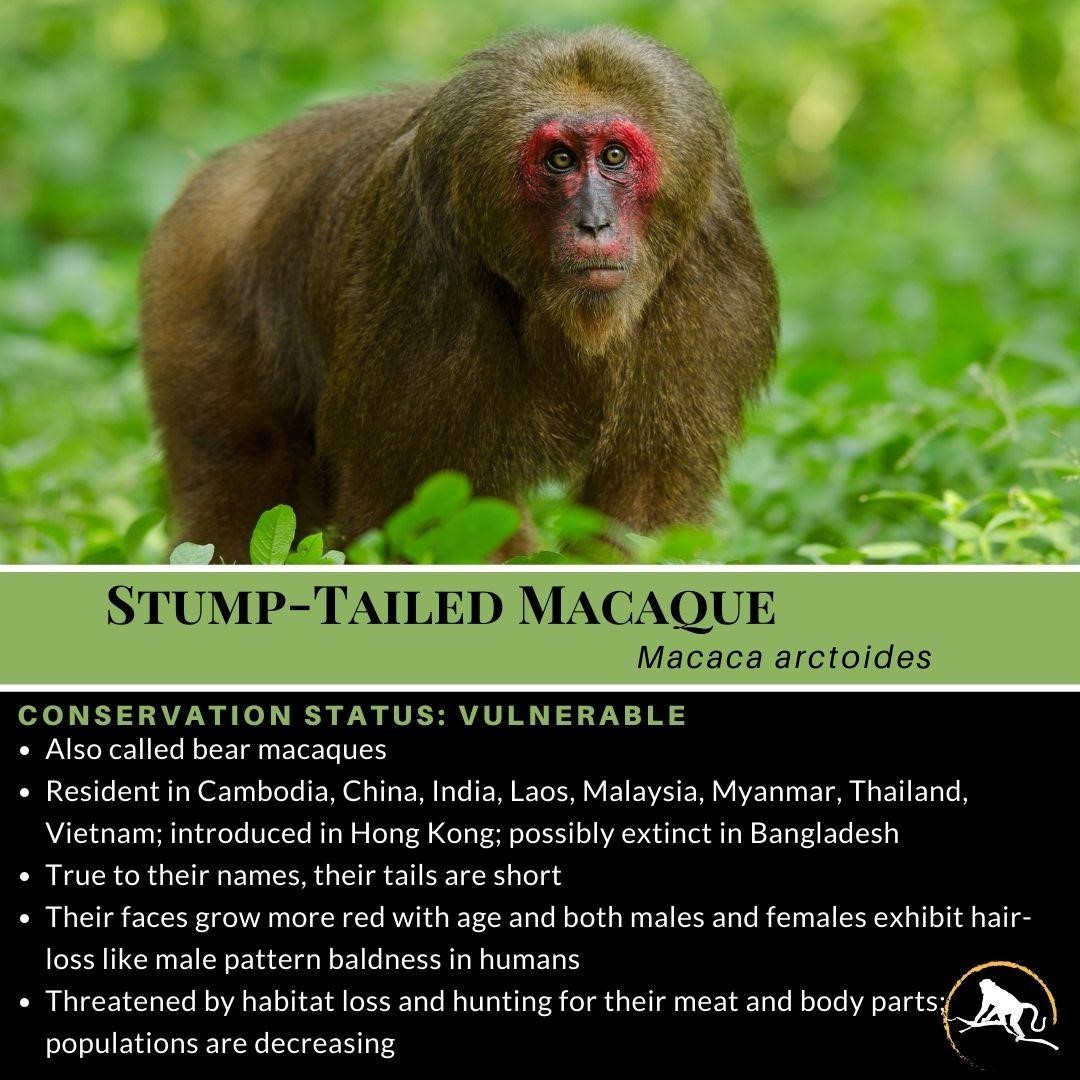





Disclaimer: Copyright infringement not intended.
Context
Details
About
Distribution
Range in India
Characteristics

Habitat
Behavior and Lifestyle
Diet
Group Dynamics
Ecological Role
Conservation Status

Threats
Conservation Efforts
|
PRELIMS PRACTICE QUESTION Q. Consider the following statements with reference to Stump-Tailed Macaque. 1. This species has cheek pouches to store food for short periods of time. 2. They exhibit sexual dimorphism. 3. In India, it exclusively occurs in the Himalayan region. 4. The stump-tailed macaque is classified as Critically Endangered in IUCN Red List of Threatened Species. How many of the above statements are incorrect? A) Only 1 B) Only 2 C) Only 3 D) All Answer: B) Only 2 [Statements 3 and 4 are incorrect] |







© 2025 iasgyan. All right reserved